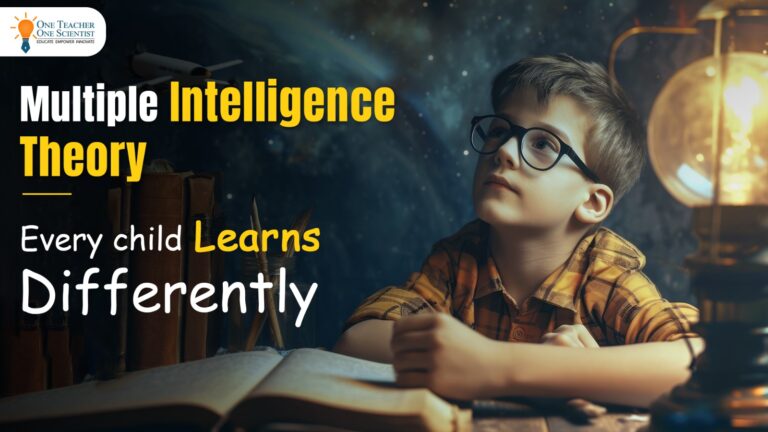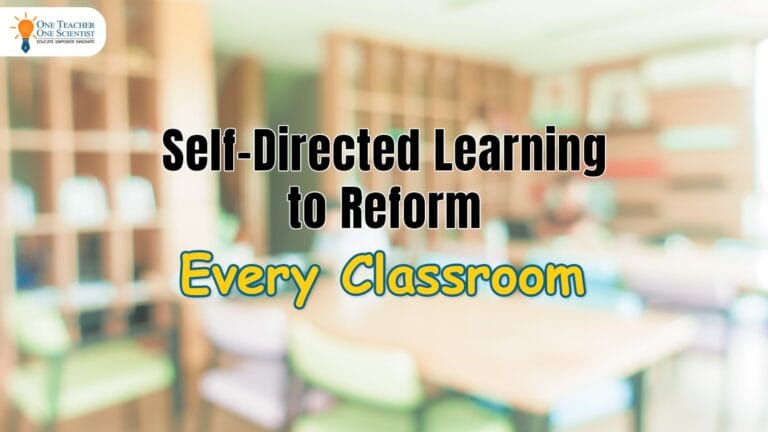One theory that I often see being debated among educators is the ideal age to introduce STEAM in the schooling system. While some people argue that such integrated problem solving processes should be introduced only when children grow up and have mastered the understanding of complex concepts. This is more so because STEAM is often considered a complex methodology. However, the point is “Why shouldn’t children grow up as problem solvers? Why should they be taught in a compartmentalised manner first and build their understanding in silos. Then one expects children to think out of the box, breaking boundaries between subjects or topics of learning?” Such debates can continue forever but I would like to see children construct their own knowledge right from their formative years.
The Basics of Problem Solving
STEAM can be considered a powerful interdisciplinary problem solving methodology that can prove to be a game changer for educating children in the 21st Century. When children are exposed to a variety of situations, and made to build perspectives by analysing, and evaluating objects, situations and creating innovative, viable solutions, they start constructing complex cognitive skills. These can help children look at real world issues with a more holistic perspective, identify problems and create out of the box solutions. STEAM based worksheets can help to build high levels of critical thinking and give children a strong base to start the problem-solving process. A typical problem-solving process usually involves these six key stages:
- Empathising with the situation
- Identifying the problems
- Listing the solutions
- Evaluating the options
- Choosing the most viable solution
- Testing the solution
Typically, teachers can integrate competency based learning in a problem-solving lesson plan. Here, the manner in which problem solving and STEAM activities are implemented in classrooms, could help build skills of communication, collaboration, values and life skills. However, the activity itself could be designed in such a way that we could integrate critical thinking, problem solving, innovation and creativity in the task itself. Hence, the entire problem-solving process could be a great way of integrating multiple skills and competencies, provided they are designed and integrated with a focus towards skill building an high cognitive development. When we talk of cognitive development, the it is important to take a brief look at the Piaget’s theory.
Piaget’s theory of cognitive development
Jean Piaget’s theory of cognitive development stresses on the need for children to take an active role in their learning process, acting almost like little scientists as they perform experiments, make observations, and learn about the world.
It is well established that when children interact with the world around them, they keep adding new knowledge, build upon their existing knowledge, and make changes to their previously held ideas so that new information can be added. So, when we look at STEAM and problem-solving activities, we can make an immediate connection between Piaget’s theory and problem solving.
Research papers of several other scientists and psychologists have also theorised how learning is far more interesting, engaging and meaningful for a child when knowledge and skill is acquired in an integrated manner, rather than in isolated fragments. Tasks that invoke different faculties of the brain, the head and hand, different modes of representation and different parts of the self are the ones that keep children more involved with the task at hand, and lead to high cognitive development.
Hence the connection between problem solving, STEAM and Real Learning is very deep.
STEAM: Importance in Elementary School
It is often observed that children in primary classes have a low attention span and in our new age technological world, it is shortening even further. Therefore, it is very important for teachers to choose the learning tasks thoughtfully, in a manner that they stimulate rich talk, build perceptions, involve estimations, and encourage evidence-based thinking.
In steam education it is irrelevant to determine which of the traditional “science” or “non-science” subjects are integrated. Instead, the focus of tasks should be on encouraging rational, analytical, logical, and quantitative thinking in all aspects of the curriculum. Curriculum here should be looked at in a holistic and integrated manner, not as disjointed learning pockets. Even though this may sound very ambitious, especially with large numbers in classrooms, all this is achievable. All we may need to do is simply change the way we approach our subjects in classrooms, especially in the Foundation and Preparatory level. It is very important that children look at every learning experience from a holistic and wider perspective.
When we live our life, we do not look for math, Science, Language or Social Science in every situation. Therefore, creating boundaries between subjects during school learning may not be the right way to approach education. Since the foundation of learning is laid brick by brick from birth till 11 years of age, integrating learning opportunities through STEAM should not be overlooked in elementary school.
STEAM being a skill building, integrated approach towards teaching, can be a dynamic methodology that can make a huge difference in developing problem solving and multiple skills in children right from the Concrete Operational stage of child development.




